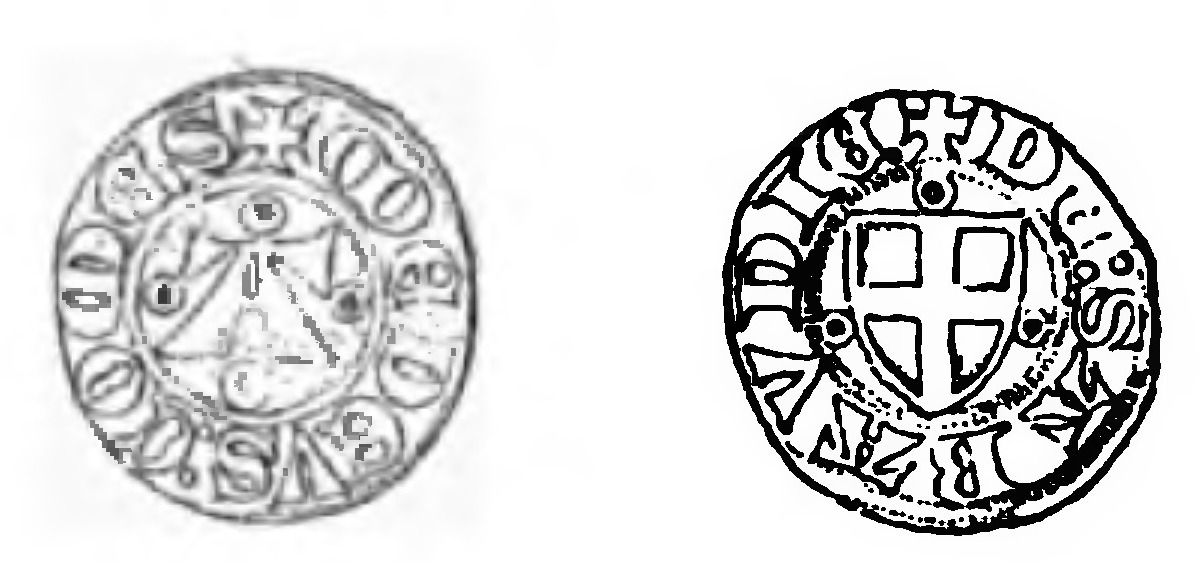1. Life
Amadeus VII's life was characterized by his succession to the County of Savoy, his military actions to consolidate power, and strategic territorial expansions that significantly benefited the House of Savoy.
1.1. Early Life and Family Background
Amadeus was born in Chambéry on February 24, 1360. He was the son of Amadeus VI of Savoy, known as "the Green Count," and Bonne of Bourbon. Upon his father's death in 1383, a dispute arose over the regency, with his mother and grandmother vying for control.
1.2. Reign as Count of Savoy
Amadeus VII succeeded to the County of Savoy in 1383. Initially, he shared power with his mother, Bonne of Bourbon, reflecting the complex political landscape of the time. His rule, though relatively short, saw important developments for the County.
1.2.1. Sion Incident
In 1384, Amadeus VII led a military campaign to suppress a revolt against his relative, Edward of Savoy, who was the Bishop of Sion. He commanded an army that attacked and pillaged the city of Sion, effectively quelling the rebellion and asserting his authority in the region.
1.2.2. Territorial Expansion
A pivotal achievement of Amadeus VII's reign was the acquisition of territories in eastern Provence and the strategically vital port city of Nice in 1388. This expansion was secured on September 28, 1388, when Amadeus VII, leveraging internal conflicts within Provence, negotiated the transfer with Giovanni Grimaldi, Baron of Boglio and governor of Nice and Eastern Provence. The newly acquired lands, including Nice and the Ubaye Valley, were incorporated into the Savoyard domains under the name Terre Nuove di Provenza (New Lands of Provence).
This acquisition was of immense strategic and commercial importance, granting the County of Savoy control over a crucial Alpine pass and direct access to the Mediterranean Sea. The Col de Largentière, now known as Maddalena Pass on the border of France and Italy, was a key part of this expansion. While his father, Amadeus VI, was credited with initiating the purchase of this mountain pass for the sum of 60.00 K ECU, the final transfer occurred in 1388, after Amadeus VI's death, indicating that Amadeus VII completed the transaction. The Col de Largentière was vital as it linked Lyon with Italy and provided an easy route between Piedmont and the outlying valley of Barcelonnette, which was transferred from the County of Provence to the County of Nice under Savoyard possession.

2. Marriage and Children
Amadeus VII married Bonne of Berry, the daughter of John, Duke of Berry, who was the younger brother of King Charles V of France.
They had three children:
- Amadeus VIII (1383-1451), who later became Duke of Savoy and eventually Antipope Felix V. He married Mary of Burgundy (1386-1422), daughter of Philip the Bold.
- Bonne (1388-1432), who married Louis of Piedmont (Ludovico di Savoia-Acaia), the last member of the Savoy-Achaea Branch.
- Joan (Giovanna di Savoia, 1392-1460), who married John Jacob, Marquis of Montferrat (Giovanni Giacomo Paleologo).
3. Death and Succession Controversy
Amadeus VII died on November 1, 1391, at the age of 31. His death was attributed to tetanus, which he contracted following a hunting accident.
His death was immediately followed by a significant controversy stemming from his will. Contrary to tradition, which typically appointed the child's mother as guardian, Amadeus VII named his own mother, Bonne of Bourbon (sister of the powerful Louis II, Duke of Bourbon), as the guardian of his son and heir, Amadeus VIII. This decision bypassed his wife, Bonne of Berry, who was the daughter of the equally influential John, Duke of Berry. The ensuing dispute between his mother and his wife led to rumors of poisoning emerging shortly after his death. It took three months of intense negotiations to resolve the family conflict and restore peace.
4. Assessment
Amadeus VII's reign is assessed through his personal character and the controversies that arose, particularly concerning his death and succession.
4.1. Personal Qualities
Amadeus VII was widely recognized for his exceptional hospitality. He was known to entertain people from all social standings and ensured that no one ever left his table without having been served a meal. This reputation for generosity and open-handedness contributed to his positive image among his contemporaries.
4.2. Controversies and Criticisms
The primary controversies surrounding Amadeus VII relate to the circumstances of his death and the subsequent dispute over his will. The decision to appoint his mother as the guardian for his young heir, rather than his wife, ignited a bitter family feud that was only resolved after prolonged negotiations. The emergence of poisoning rumors, though unsubstantiated, highlights the intense political and familial tensions that characterized the immediate aftermath of his death.
5. Impact
Amadeus VII's reign had a profound and lasting impact on the House of Savoy through his strategic territorial acquisitions. The incorporation of Nice and the surrounding areas of eastern Provence fundamentally altered the geographical and political standing of the County of Savoy.

These acquisitions provided the House of Savoy with crucial access to the Mediterranean Sea, which was vital for trade and naval power. Furthermore, securing control over key Alpine passes, such as the Col de Largentière (now Maddalena Pass), significantly enhanced Savoy's strategic position. These passes served as important commercial routes, linking regions like Lyon with Italy and providing an easy passage between Piedmont and the Barcelonnette valley. Amadeus VII's actions effectively expanded and consolidated the territorial base of the House of Savoy, laying groundwork for its future growth and influence in the region.